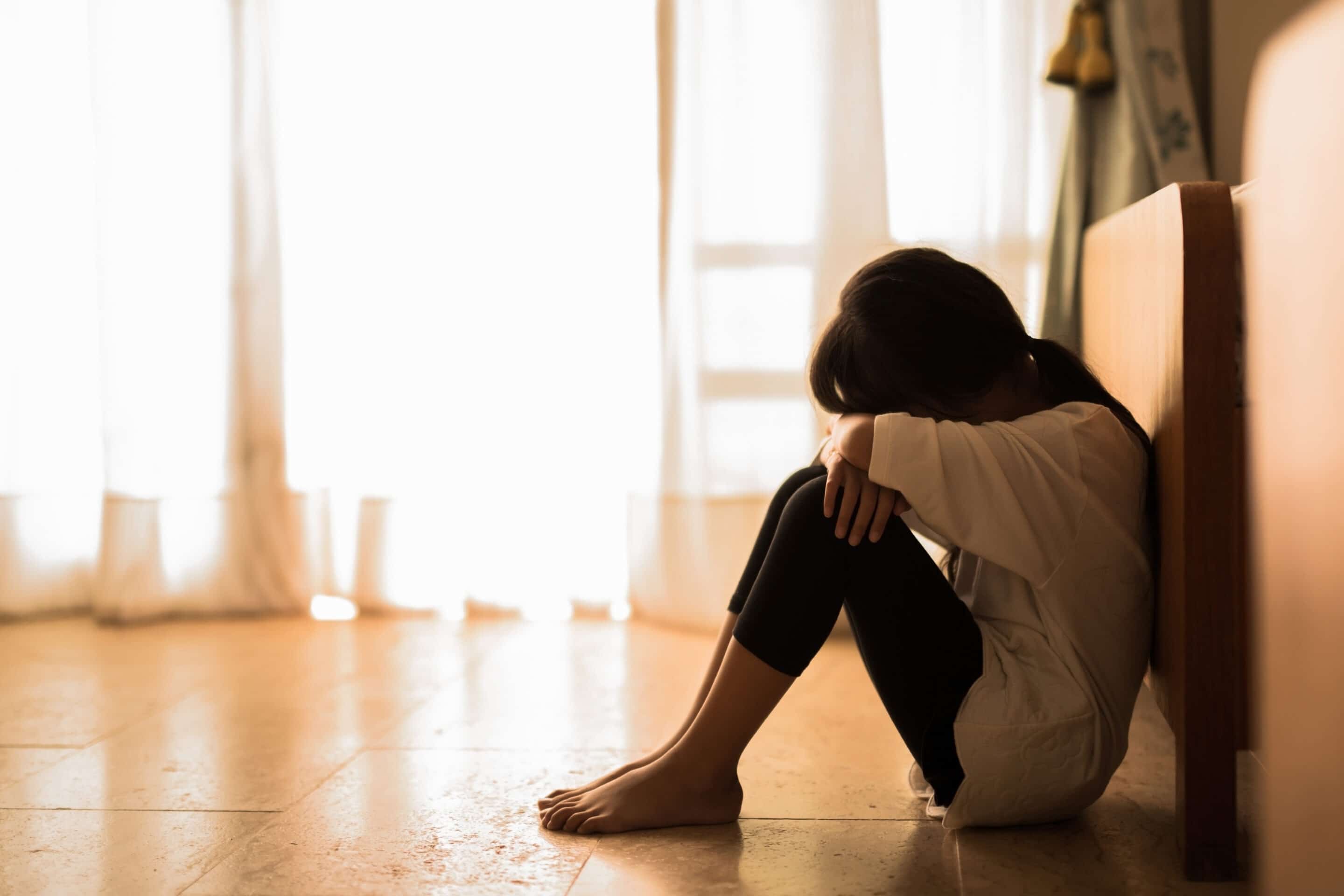
Children in foster care on any given day
children who received a child protective service or alternate response in 2016
%
percent of child fatalities that involve at least one parent
Child Abuse Facts
- The factors that determine the severity of negative outcomes: age and development stage, type of maltreatment, relationship to the perpetrator, and the frequency, duration, and severity of maltreatment – U.S. Children’s Bureau
- Multitype maltreatment: A large portion of victims are subjected to multiple types of abuse, and they are more likely to suffer adverse outcomes than those who have only suffered one type of abuse or (no abuse) – Australian Institute of Family Studies
- Younger children are most abused. Nearly half are under the age of one. – American SPCC
types of Abuse

Physical Abuse
Sexual Abuse
Neglect
Domestic Violence
Emotional Abuse
Exploitation
How Abuse Affects kids
Adverse Childhood Experiences and Consequences
Adverse childhood experiences create lifelong emotional, social, and health consequences. ACEs increase the likelihood of teen pregnancy, risky sexual behavior, criminal activity, and the likelihood of later abusing their children. Fair Start Orders are an important step in preventing children from being subjected to ACEs. Source: American SPCC
Maltreatment causes harmful and lasting consequences that can manifest as:
- Impaired brain development
- Poor health including obesity and diabetes
- Physical injuries
- Fatality due to homicide and neglect
-
- Mental health consequences
- Cognitive difficulties
- Emotional attachment and relationships
- Academic achievement
- Aggression, violence, and criminality
- Substance abuse
- Teen pregnancy
- Youth suicide
Social, emotional and behavioral consequences including:
-
- Eating disorders and obesity
- Aggression, violence, and criminality
- Risky sexual behavior
- Substance abuse
- Mental health problems
- Physical health problems
- Homelessness
- Transmission of abuse onto their own children
- Re-victimization
- Suicidal behavior
In addition to direct costs of treatment and foster care of children who are victims of abuse and neglect, there are numerous indirect and long-term costs on society. These include costs associated with crime, health care, mental health treatment, social safety nets, unemployment, substance abuse, and domestic violence.
https://aifs.gov.au/cfca/publications/rarely-isolated-incident-acknowledging-interrelatedness-child-maltrea
https://aifs.gov.au/cfca/publications/effects-child-abuse-and-neglect-adult-survivors
https://www.childwelfare.gov/topics/can/impact/long-term-consequences-of-child-abuse-and-neglect/
